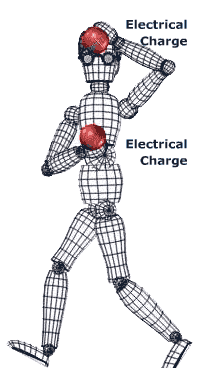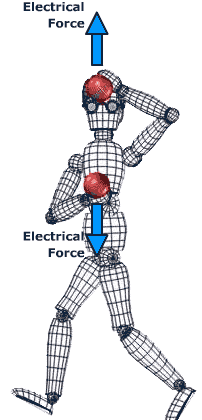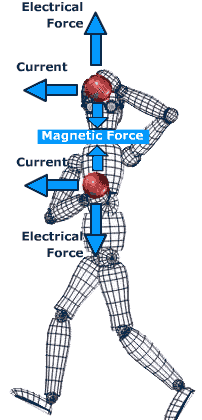|
|
|
| Relativity
in brief... or in detail.. |
Module 2 Electromagnetism and Galilean relativityThis is a text+animation version of the video chapter 2 from Einsteinlight. But what about electricity and magnetism? Could Galileo's sailor or our train travellers use electromagnetism to tell whether they are moving? Do the laws of electromagnetism work for both observers?
Let's do what Einstein called a thought experiment. Imagine that these two balls each carry positive electric charge. What is the force between them?
 So you see an electric repulsion, and also a magnetic attraction  But now look at it from my point of view.
This difference is very important. If electromagnetism works in different frames, then different observers get different answers for the force, solely due to relative motion. In this case, the magnetic term is zero if the relative speed is zero. It increases with speed, so you can think of magnetism as a correction to the electric force that applies when the charges move. Follow this link to find out more. Go to the text+animation version or video version of chapter 3 from Einsteinlight. |
Home
| Summary
| Quiz
|
Credits
|
|